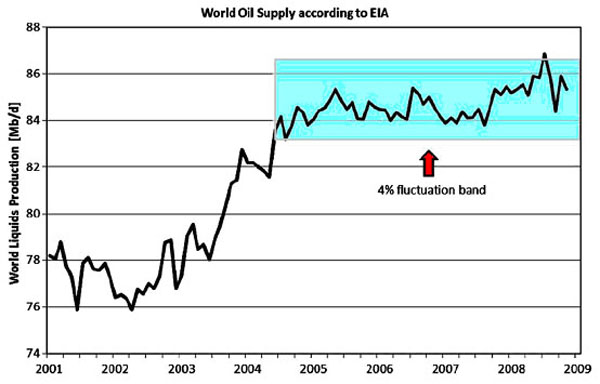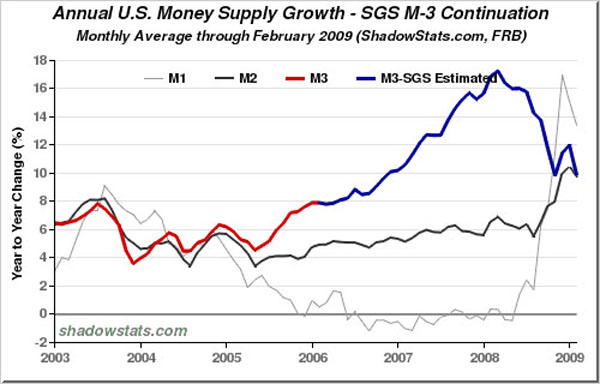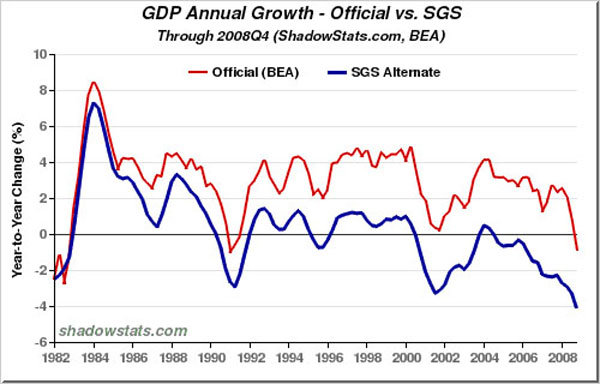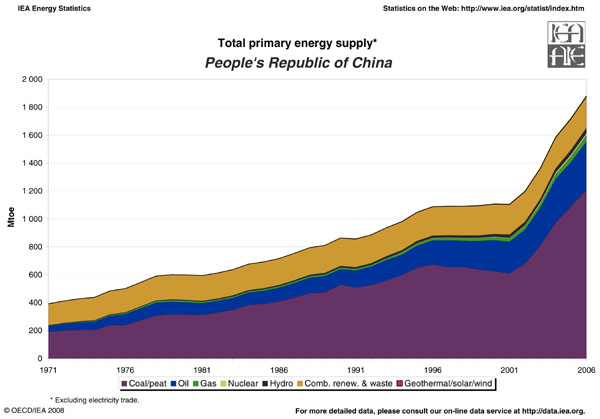It is fascinating to watch the behaviour of our political and business leaders as they attempt to cope with the world’s deepening financial crisis. It is becoming clear that they don’t have a clue what is actually going on. Their blindness is explained by confusion about what actually enables economic growth. The shared delusion is that money makes the world go round.
As share and asset values crash we hear talk of deflation. Many nations are trying to counter this by expanding their money supply. However, they seem to have forgotten the most basic fact about money that we are taught in school - that it is a medium of exchange. Money allows agreements on relative “value” (how much of one thing will be exchanged for another) but it has no intrinsic value itself. It is simply a mechanism that allows the distribution of real “stuff”. So if the economy is crashing what is this “stuff” that is disappearing? It can be summed up in one word - energy.
Energy is everything
No living or manufactured thing exists on this planet without energy. It enables flowers and people to grow. We need energy to mine minerals, extract oil or cut wood and then to process these into finished goods. Without energy the goods would not exist so we can think of each product as containing “embodied energy”. So the most fundamental definition of money is that it is a mechanism to allow the exchange and allocation of different forms of energy. The economy is energy.
Advertisement
The most important source of energy in the world economy is hydrocarbons - molecules made up of hydrogen and carbon atoms. Small hydrocarbon molecules form gases such as natural gas. Larger molecules form the liquid we know as crude oil. Hydrocarbons can be burned to provide heat energy to power generators and motors. Almost all transport relies on liquid hydrocarbon energy. Hydrocarbons are also incredibly useful for making plastics. It is difficult to find any manufactured thing that does not now include plastic. Oil and natural gas provide almost 2/3rds of the energy used in the world economy. A simpler way to say this is that hydrocarbons are 2/3rds of the world economy.
Until recently (about 2005) the world economy was growing. The number of people has been increasing which requires increased production of food, clothing and shelter - the basics. On top of this, many of us have been using more energy than previously - to travel farther, eat more food, buy additional clothes and enhance our shelters. Until 2005 we could expand our energy use to meet this demand. This is something we were able to do - with occasional interruptions - for the past 150 years. However, after 2005 we could not expand our energy supply. In other words we could not expand the world economy.

(From Höök, Hirsch and Aleklett 2009. Giant oil field decline rates and their influence on world oil production. Energy Policy, in press. Since mid-2004, production has stayed within a 4 per cent fluctuation band which indicates that new production has only been able to offset the decline in existing production.)
Oil supply was flat from 2005 onwards and is now in decline. That is not to say that we did not try to expand the world economy after 2005. However, much of the expansion that occurred was an illusion. In many industrialised nations a great deal of “money” was created (by increasing the money supply and other means) but it did not correspond to an increase in energy use. This is illustrated by what happened in the USA, where the rate of money creation increased greatly after 2005:

Courtesy of shadowstats.com
Meanwhile, the US economy began to contract at an accelerating rate. If you ignore the way the US government fudges its GDP calculation method to maintain a rosier picture, you can see that that the US economy has been contracting since 2005:
Advertisement

Courtesy of shadowstats.com
China managed to grow until recently by laying claim to a greater proportion of the world’s stagnant production of oil . This was a significant factor in increasing the demand for, and price of, oil. China has also been rapidly expanding its coal-fired electricity generation. Indeed, coal provides the bulk of China’s energy (see the purple area in the figure below):

Discuss in our Forums
See what other readers are saying about this article!
Click here to read & post comments.
16 posts so far.